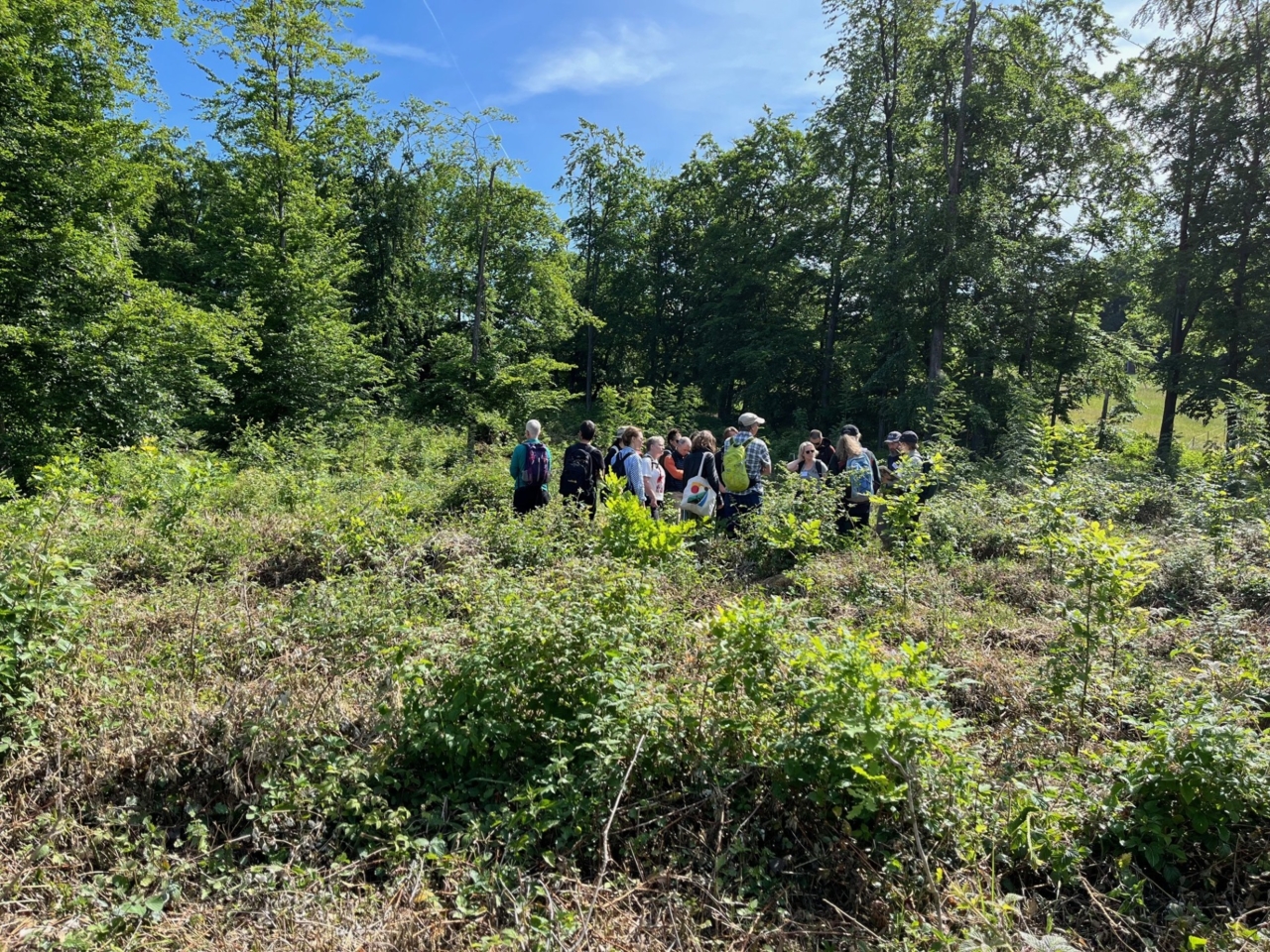The Collaborative Learning approach
Guidelines for conflict management in forest restoration

PC: EFI
This document aims to provide practical guidelines for organising a Collaborative Learning workshop to address conflicts related to forest restoration.
Collaborative Learning was developed to address natural resource, environmental, and community conflict and decision-making situations. Collaborative Learning functions in three ways: (1) as a philosophy or orientation, (2) as a framework, and (3) as a set of tactics or techniques. Steven Daniels and Gregg Walker (2001) tried to create a method that accounted for complexity, controversy, and uncertainty. It draws on systems thinking to deal with complexity, alternative dispute resolutions from conflict management, mediation, and negotiation to deal with controversy, participatory communication to deal with integration and adult experimental learning to deal with uncertainty.
Collaborative Learning encourages people to address conflict, think systemically, communicate openly, and learn from one another as they work though a challenging situation A Collaborative Learning process encourages parties to make progress and develop actions as they work through issues, values, concerns, and interests.
Kind of License: Not stated/unknown
- Implementation
- Social & Stakeholder
- Landowners & Practitioners
- Planners & Implementers
- None/Non-relevant

